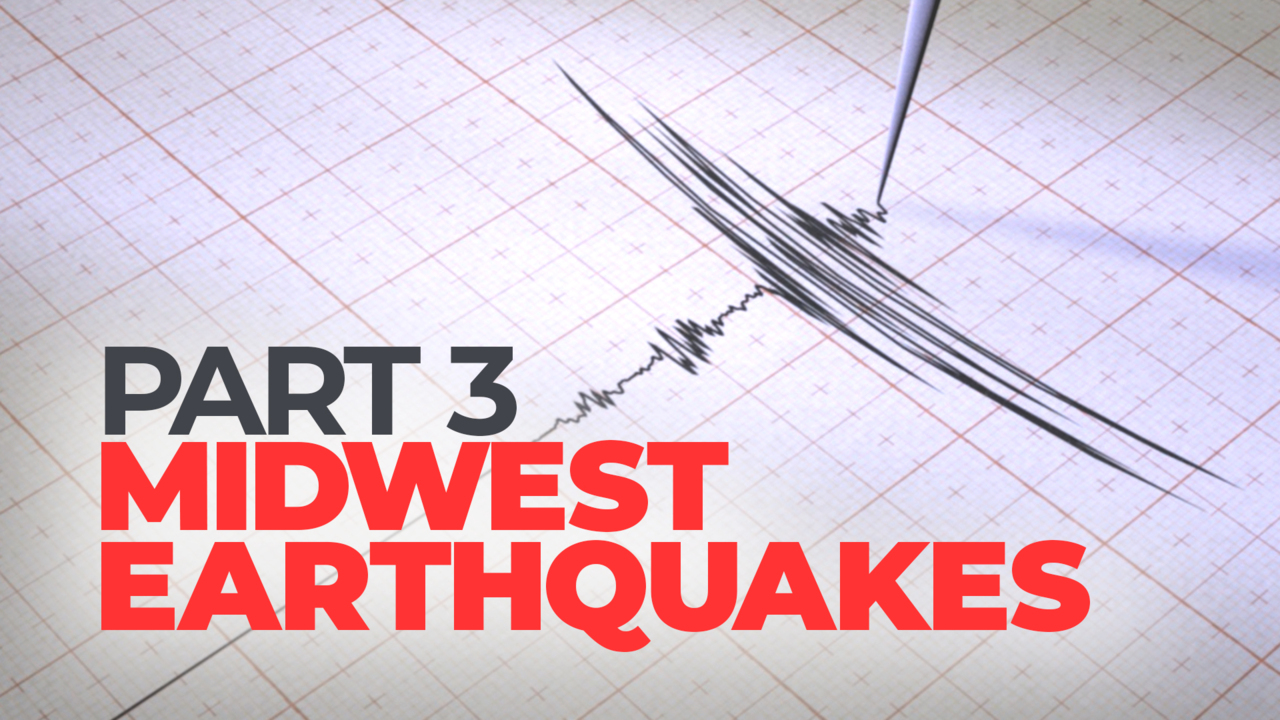
MAHMOUD BENNETT: THE NEW MADRID EARTHQUAKE ZONE THREATENS AT LEAST 8 STATES IN THE CENTRAL AND EASTERN U.S. EXPERTS SAY IT WON’T TAKE A LARGE EVENT TO CAUSE CATASTROPHIC DAMAGE.
JAMES M. WILKINSON, JR. | EXECUTIVE DIRECTOR, CENTRAL UNITED STATES EARTHQUAKE CONSORTIUM: “GIVEN THE NATURE OF VULNERABILITY AND THE AGE OF THE STRUCTURES HERE, THE AGE OF THE BUILDINGS THEMSELVES, AND THE LACK OF SCIENCE DESIGN, AS THE RESULT OF NOT REALLY UNDERSTANDING THAT WE HAD A SEISMIC THREAT UNTIL THE LATE 70S.”
THOMAS PRATT | RESEARCH GEOPHYSICIST, UNITED STATES GEOLOGICAL SURVEY: “A LOT OF THE BRIDGES WILL GET DAMAGED, A LOT OF THE ROADS WILL BE DAMAGED AND OF COURSE A LOT OF THE BUILDINGS WILL BE DAMAGED.”
BENNETT: BUILDINGS THAT WERE NEVER DESIGNED TO STAND UP TO EARTHQUAKES.
PRATT: “IT’S REALLY NOT UNTIL THE 1970S AND 80S THAT BUILDING CODES STARTED TO BE SIGNIFICANTLY CHANGED IN RESPONSE TO SEISMIC HAZARDS. AND IN THE CENTRAL U.S. THEY LAGGED A LITTLE BIT EVEN THEN BECAUSE PEOPLE VIEWED EARTHQUAKES AS PRIMARILY A PROBLEM FOR THE WEST COAST NOT THE CENTRAL U.S..”
WILKINSON: “THE OTHER SIGNIFICANT RISK, CHALLENGE TO THIS IS THE FACT THAT WE HAVEN’T HAD THE FREQUENCY OF LARGE EARTHQUAKES LIKE YOU SEE OUT WEST TO BRING DOWN OLD BUILDINGS, VULNERABLE STRUCTURES SO THEY’RE BUILT BACK BETTER, STRONGER.”
BENNETT: THE LAST TIME LARGE QUAKES RATTLED THE NEW MADRID ZONE, WAS BACK IN 1811, 1812 AND 1895. LONG BEFORE BIG CITIES WERE BOOMING.
PRATT: “MEMPHIS COULD ALSO SEE SIGNIFICANT DAMAGE FROM THE EARTHQUAKE AS WELL AND YOU WOULD SEE SOME DAMAGE IN ST. LOUIS.”
BENNETT: IN THE FINAL PIECE OF OUR FOUR PART SERIES, HOW FEDERAL AND LOCAL GOVERNMENTS ARE PREPARING FOR ‘THE BIG ONE’.










